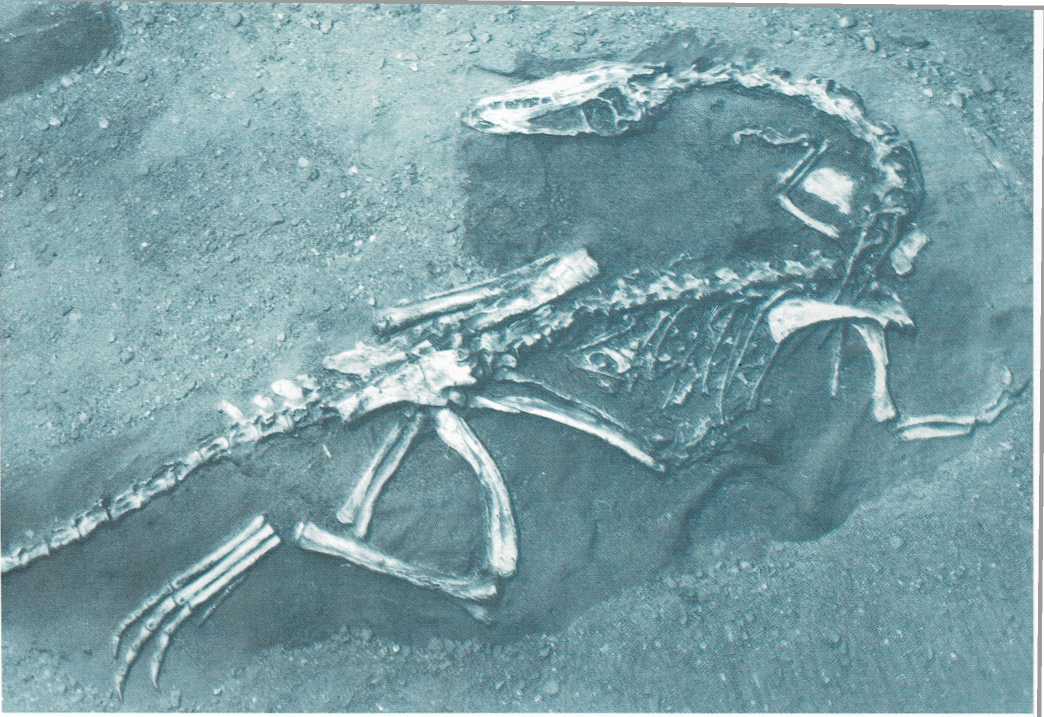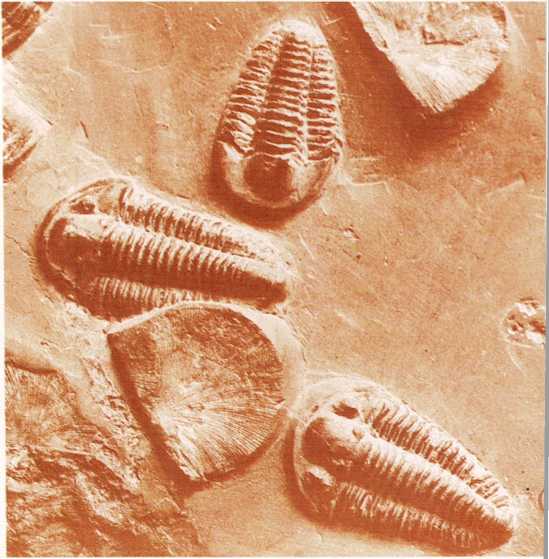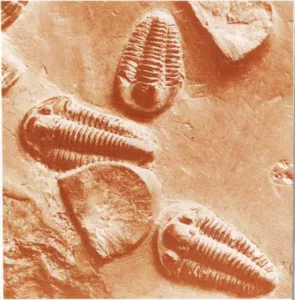Stories in stone
There were no people on the world when dinosaurs were alive. So how do
we know about dinosaurs and other animals of long ago?
Sometimes, when a dinosaur died, its body lay on muddy ground. The soft
parts rotted away, but mud covered the bones and kept them from rotting.
Bones are full of tiny holes. Water, trickling through the mud, seeped
into the dinosaur bones. Rock that was dissolved in the water, filled
the many holes. In time, the bones were filled with rock. This helped
preserve them.
Over millions of years, the mud covering the bones turned into rock.
Over many more millions of years, sun and rain wore away the rock,
revealing the rocky skeleton.
Scientists look for rocky skeletons such as this and dig them out of the
ground. From such a skeleton the scientists can tell what the animal
looked like. They can tell what it ate by the shape of its teeth. They
can often even tell how well the animal could see and hear and smell
things.
Rocky skeletons and bones are called fossils. There are other kinds of
fossils, too. Dinosaurs made footprints in mud and the mud turned to
stone with the footprints still in it. Insects were caught in gobs of
tree sap that turned into a glasslike stone called amber. Fossils such
as these are stories in stone that tell us what the animals of long ago
were like.

Fossil Skeleton of Dinosaur Coelophysis
These are fossils of animals that died and were covered by mud hundreds
of millions of years ago. We can tell what the animals looked like from
these fossils.
Fossil Trilobites and Brachiopods


